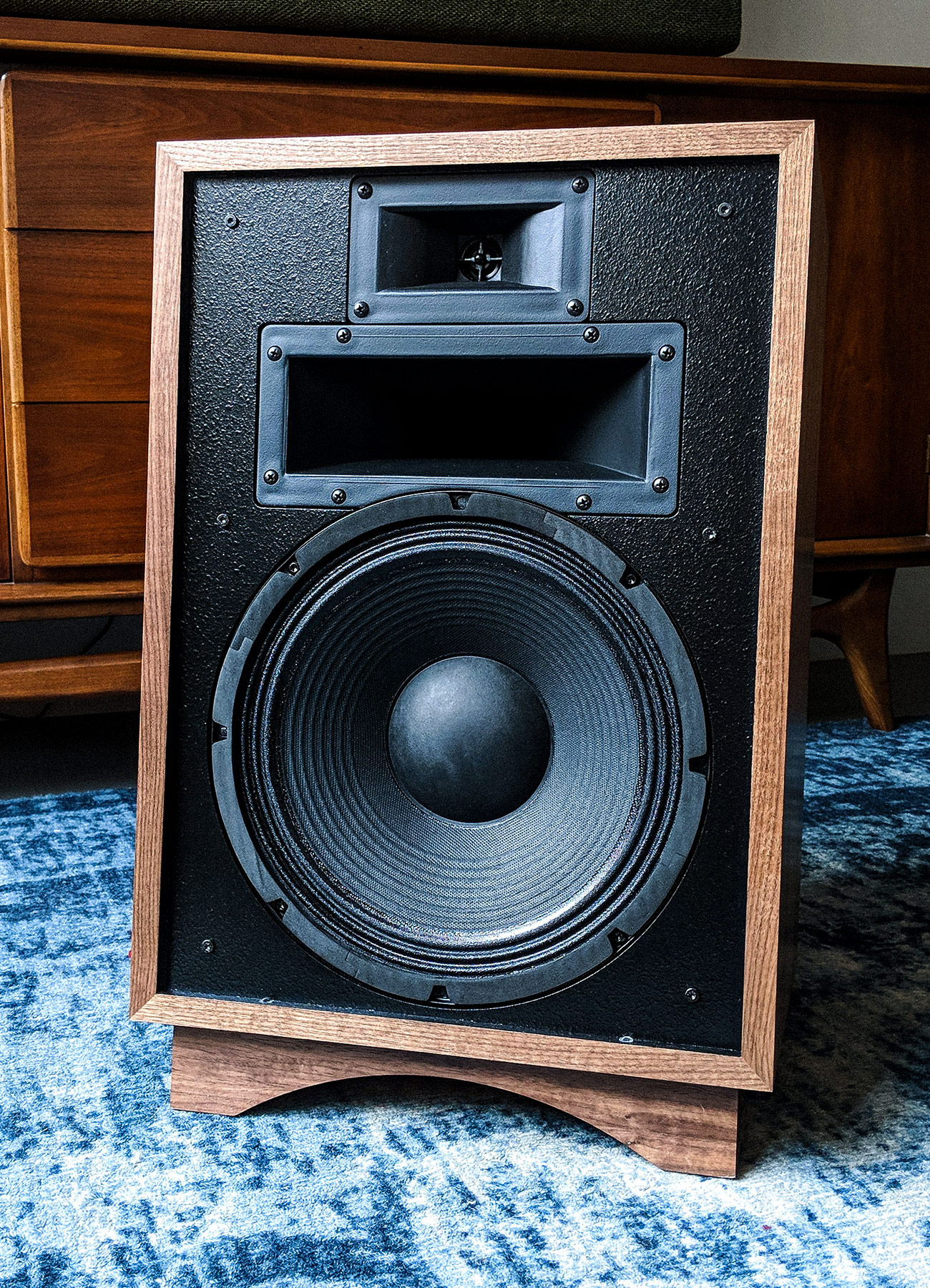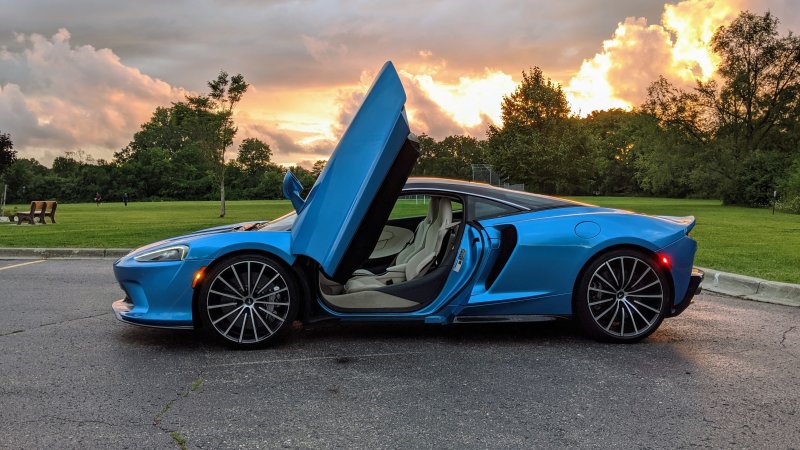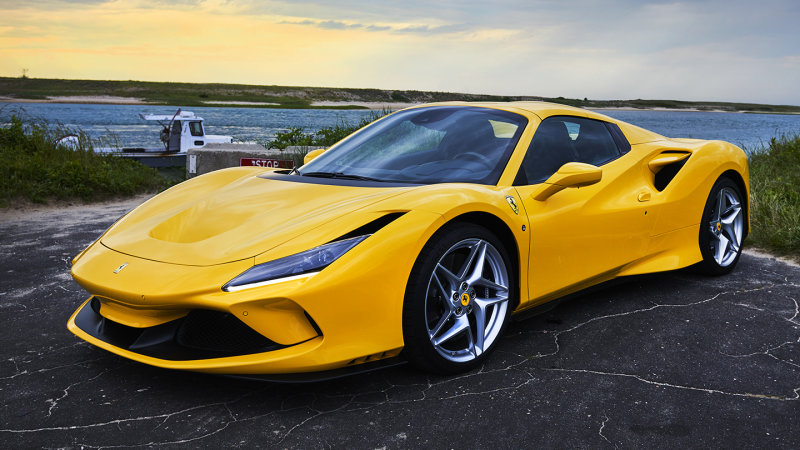First introduced in 1957, Klipsch Heresy floor-standing speakers have become cultural icons. They’ve remained stalwart in Klipsch’s lineup over their 61-year existence and are rivaled in clout by only the Klipschorn and La Scala. As multi-room audio and wireless hi-fi become ubiquitous in the stereo speaker market, however, heritage speakers like the Heresys have become less convenient for most people. And as one of those people, who has a decked out Sonos system at home, complete with several Play:1 and Play:5 speakers, and a Playbar, I wanted to try out an old-school sound system and experience the difference.
The Good: There’s a lot to love about the Heresy III (Klipsch’s most recent iteration of the speaker). They aren’t too big; even in a small New York apartment, the speakers leave ample floor space and act as something of a statement piece. The sound quality is also impeccable; there’s a reason they’ve been in the Klipsch portfolio for so long. For a floor standing pair of speakers like the Heresys, the speakers have an unusually high sensitivity (this means that they can produce quality sound on less power than similar speakers). Each speaker is built by hand in Klipsch’s Hope, Arkansas factory and comes in three finishes: walnut, cherry and black ash.
Who They’re For: In truth, the Heresys are not for everyone. Most will find them to be overkill for their space, but they’d be wrong. Even at low volumes, the speakers produce clear and clean audio and don’t necessitate being played at deafening volumes. If you’re interested in giving your audio system a serious upgrade, or are looking for a pair of speakers to build a system around, the Klipsch Heresy is worth looking into.
Watch Out For: While the sensitivity of the Heresy is unusually high, you still need a decent amount of power to run them. You’ll need some sort of quality speaker amp to route the Heresy through before you attach to your receiver. If you’re in need of an amp, we recommend the following: Monoprice Pure Tube Stereo Amplifier, McIntosh Labs MC2301 and the Sonos Connect:AMP. They also tend to be a bit light on deep bass punch, so if you’re looking for a hard-hitting setup you’ll need to supplement a subwoofer.
Alternatives: If space and price are no issue, the larger and pricier Klipsch Cornwall IIIs are hard to beat. Alternatively, great deals on vintage Klipsch Heresy and Heresy II speakers can be had with a bit of patience on eBay.
Review: Even with the awesome sound quality and insane convenience of Sonos speakers, they leave something to be desired on the design-side; they’re a bit cold. It’s the reason I added Soundskins to all of my Sonos speakers, to make them blend more seamlessly into my space. It’s a decidedly modern way to get a better-looking speaker. But in truth, the best way to get a modern speaker in a retro-looking skin is to look to the past in the first place: Klipsch’s Heresy III floor-standing speakers.

Even those non-audiophiles, or simply those who are less nerdy about hi-fi than I, can appreciate the Heresy III speakers. It’s hard to argue against its classic appearance and heritage-tinged sound quality. Even if you never turn them on, they are the first thing someone notices in a room — and when you do turn them on, their clean, crisp sound can impress even the most discerning speaker aficionados. Even in places where the speaker loses a bit of composure (rock played towards the top of its volume threshold), it’s still fun. It’s a bit like driving a Ford Raptor. It’s refined in all the right places, but becomes unbridled and rowdy when you really turn it up.
While I can’t speak to the speaker’s performance in a cinema or TV application, I can only imagine that it performs equally well. Though as mentioned before, I’d recommend supplementing a subwoofer for truly immersive sound.
Verdict: It’s true, for a speaker with a 12-inch woofer, I expected a bit more out of the bass tones. But for what is classified as a “compact” speaker, you won’t find a better value. The form and sound of the speaker are elegant, and when you want to bring the noise the Heresy III delivers.
What Others Are Saying:
• “Play any well-recorded piece of music, turn up the volume, and you’ll be treated to something rare, the full dynamic jolts that no small speaker can ever approach.” — Steven Guttenberg, CNET
• “The Heresy can play louder and with lower distortion than a host of rear-horn-loaded full-range drivers, many of which are handicapped by a short voice coil and thus poor excursion capability. It is a godsend for music lovers in search of a tube- friendly high-sensitivity speaker. ” — Dick Olsher, The Absolute Sound
Key Specs
Frequency response: 58Hz – 20kHz
Sensitivity: 99dB @ 2.83V / 1m
Peak power handling: 400 watts
Nominal impedence: 8 ohms compatible
Hot takes and in-depth reviews on noteworthy, relevant and interesting products. Read the Story





